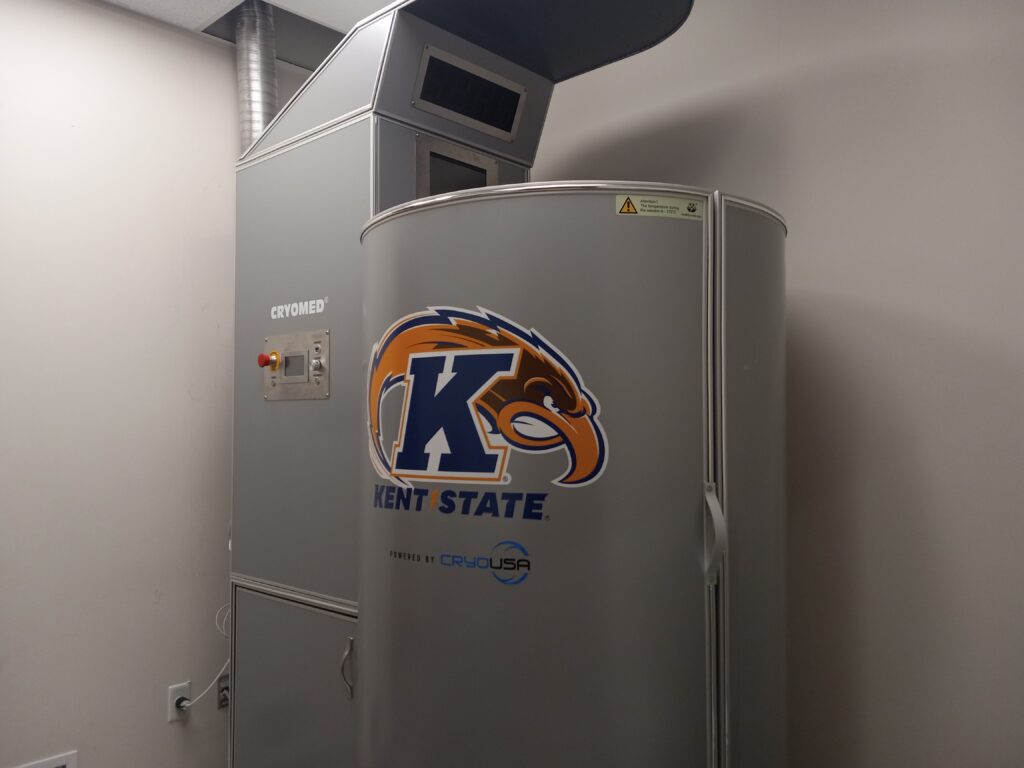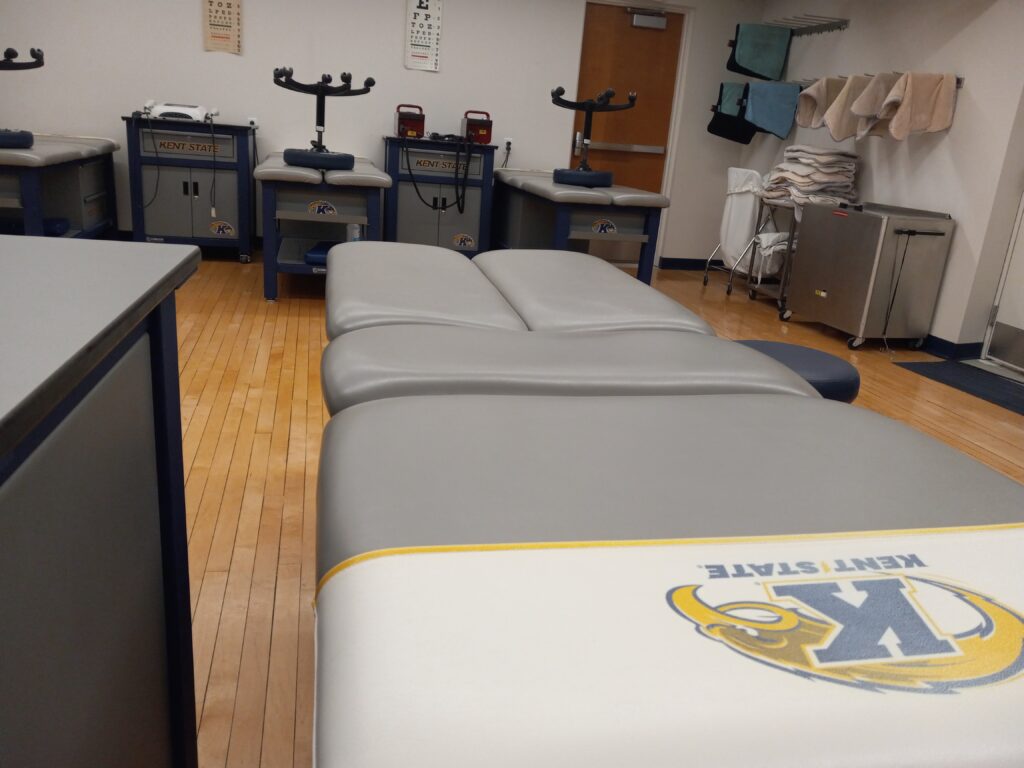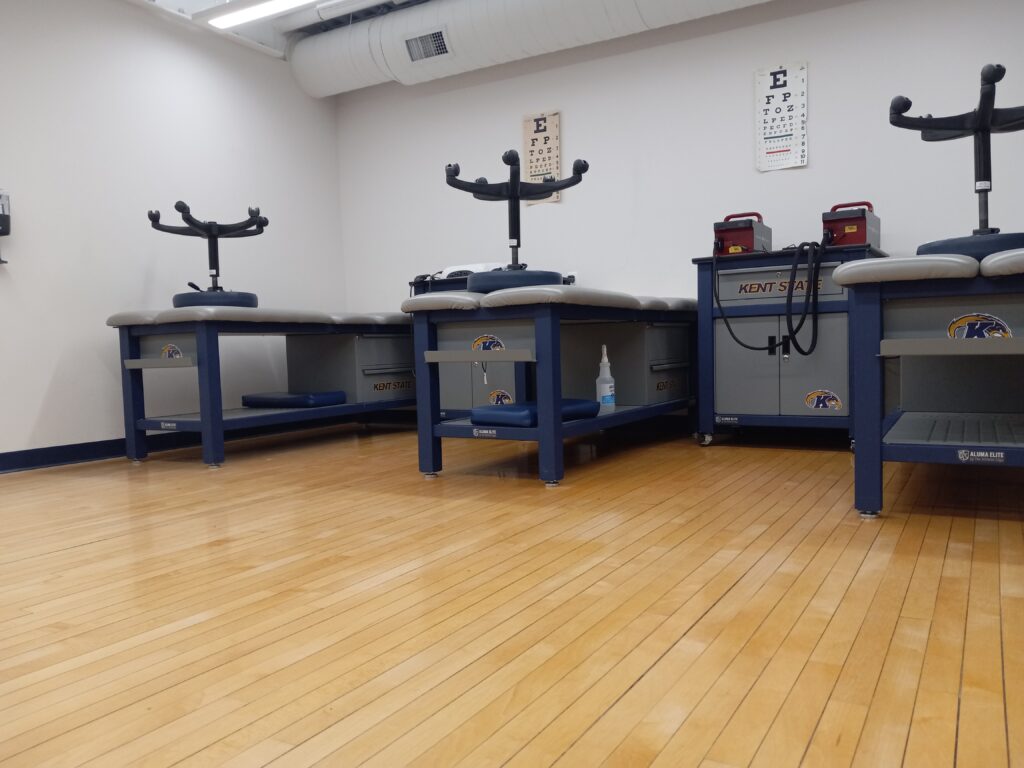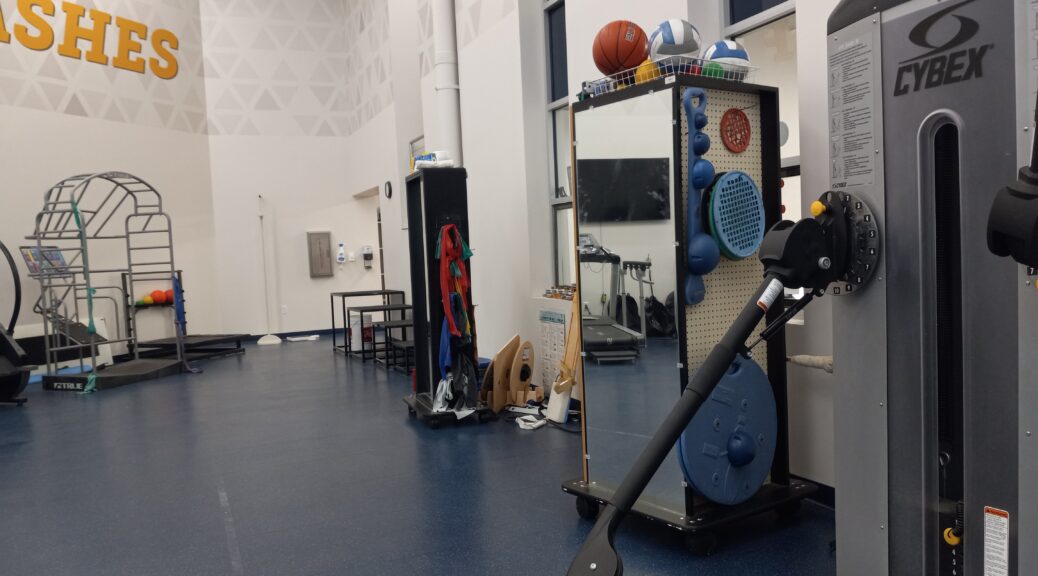
Sports Injury Prevention: Is it possible?
What if I was able to tell you there is a way to prevent injuries from happening when playing sports. That you could play freely as you wanted without the thought of injury holding you back. Sounds too good to be true you’d might say since there is no actual way to prevent an injury from happening but there are things that you could do to maintain a healthy body to lower the risk of injury.
A study that was recently published from the American Journal of Sports Medicine has the statistic that approximately an average of 1,485 NCAA athletes strains an injury each year. This is the same as nearly 21 injuries per 100,000 athletes and an estimated 1.35 million NCAA athletes are playing in the collegiate ranks across all divisions, and according to stats from USA Swimming, roughly 30% of them will suffer an injury during their college career.
Injuries that happen most often are not even contact related as an article from Medline Plus says that the most common injuries are sprains and strains, knee injuries, swollen muscles, Achillies tendon injuries, pain along the shin bone, and rotator cuff injuries.
Kent State head football athletic trainer Alan Wallace can relate to this as every sport is different when it comes to injuries.
“Obviously in track and field, basketball and hockey you are going to see there’s more intensive running, you’ll see a lot of shin splints. In general, you are going to see hamstring strains just about across every single sport. Indoor contact you start getting the movement in the shoulders with basketball players, but I would say as a whole we’re probably going to see the most soft tissue injuries to the hamstring, calf and quad injuries,” Wallace said.
An athlete can’t predict the future from happening but can come in to get treatment if something feels off with the athlete.
“Definitely going to be some injuries that God willing, something happens one day, and you know, there might have been nothing going on with that athlete, but there’s obviously some telltale signs that an athlete might be experiencing somebody might come in saying that their hamstring feels a little tight,” Wallace said.
“Sometimes there’s things where an athlete felt perfectly fine and something occurred.”
Alan Wallace
Some treatments that they can do. We have a couple of tools in our facility that we use Graston and Hawk riffs which is a term of instrument assisted soft tissue mobilization so you’re basically doing a light massage and it helps loosen up the skin and loosens up the muscles and loosens up the fascia so the athletes not experiencing tightness and basically gets the tissue warmed up so that the athlete can continue with the sports performance team. The biggest thing the athlete can do is take care of themselves.”
Diet and sleep play a big factor into what the athlete can do for themselves as this is stressed within Kent State athletics.
“Definitely the football team we preach that it’s important. Maximizing that rest and downtime is definitely stressed, we can tell that to all these guys and girls during practices and during meetings. It’s going to put you in the best spot to recover so we preach that as much as we can, but it really falls on the athlete to take care of themselves,” Wallace said.
An article from Runner’s World refers to a study that was published in the Journal of Science and Medicine in Sport talking about the relation to injury and sleep.
“They found the biggest increase in injuries were among those who skimped on sleep, reporting less than seven hours of shut eye per night. There was also an increase in injury risk for those reporting psychological issues, although it wasn’t as high as the sleep connection” (Millard 2019).
Athletes could get reoccurring injuries especially if they had one or multiple in the past as that can play a factor into the athlete’s health as it is hard to tell the number of injuries from high school to college.
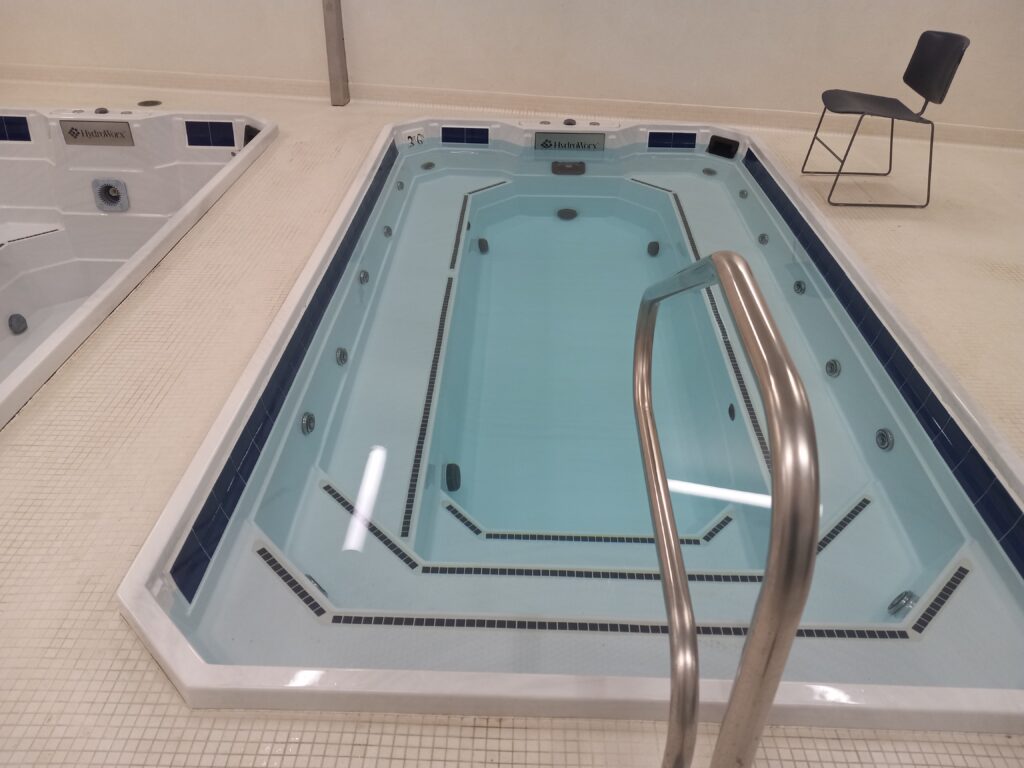
“I think if you look at reporting, you’re going to see less reported injuries in high school as opposed to college because you know if somebody goes down in my field, I immediately know that, if I’m covering a high school, I might not be sitting down in a baseball practice or sitting down on the softball field. That injury might not even make its way to me, and I wouldn’t even know about it,” Wallace said.
“That injury might not even make its way to me, and I wouldn’t even know about it.”
Alan Wallace
Kass Corsi is the assistant athletic trainer over at Cleveland State University as she deals with difficult tasks throughout her job.
“I think it’s the outside variables that are the most difficult. Student athletes have a lot working against them with managing school and being humans. Outside of that they got family, friends and significant others, trying to manage all that while hydrating and fueling properly and sleeping it’s really tough,” Corsi said.
“That’s one of the difficult things about my job is taking those variables into account.”
Corsi thinks that the future is bright for the prevention of sports injuries and getting better technology to improve an athlete’s health.
“That’s one of the difficult things about my job is taking those variables into account.”
Kass Corsi
“I think we’re starting to see the vision now. The NCAA and the department’s constantly receiving feedback and information on how to improve and we’re currently seeing a push for supporting the whole person,” Corsi said.
“In particular I’m a big supporter of mental health awareness, our brains are so powerful and can really make or break how we perform. We’re seeing a shift on how mindfulness and meditation and visualization, how those things can improve performance.”
